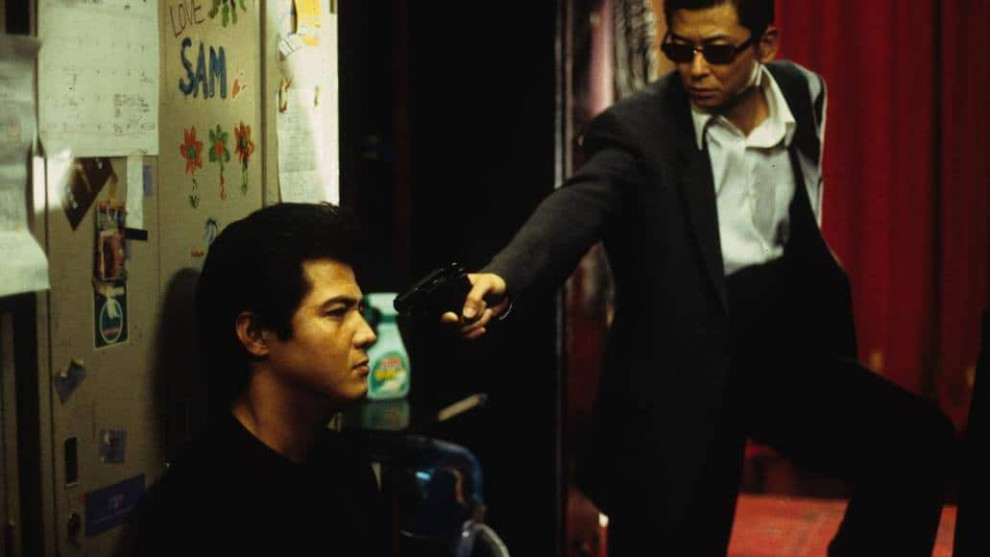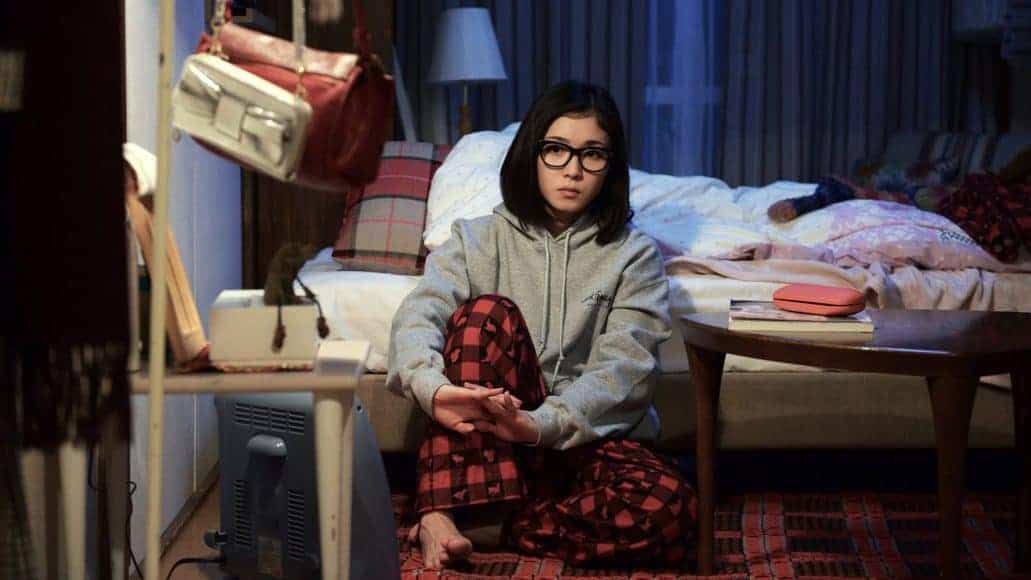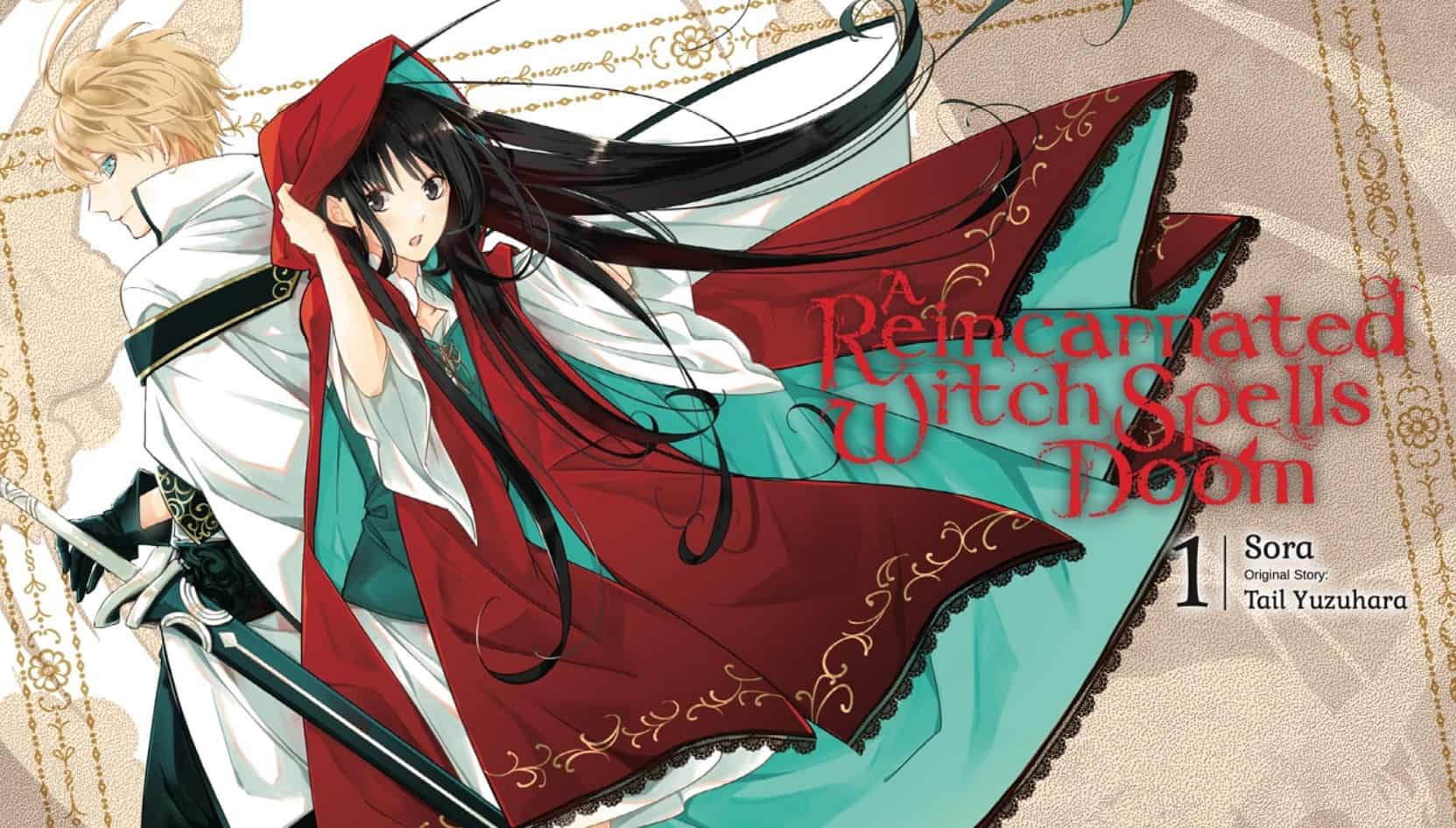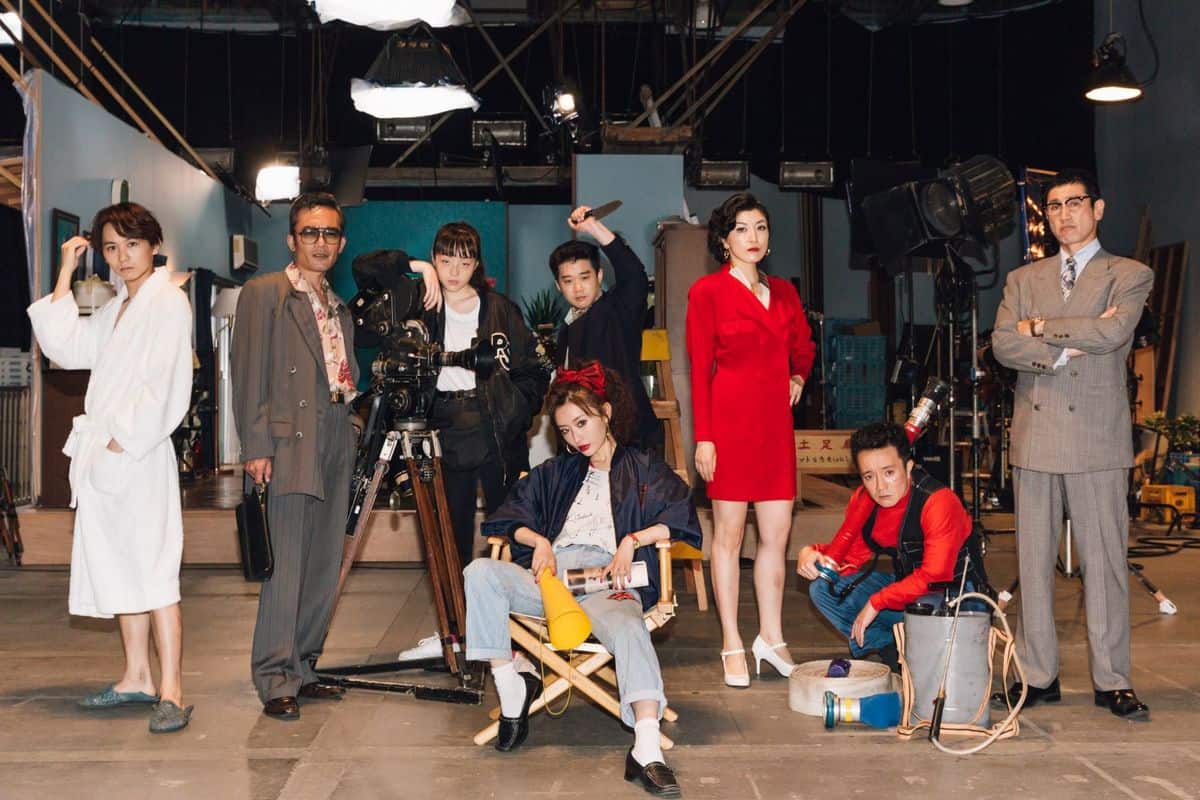In Takashi Miike's vast filmography, there are some films that could be considered as trademarks of his ever-changing style, like “Ichi the Killer”, “Visitor Q”, “Audition” and many others. I feel though, that if one would like to present a title that is the embodiment of his style, the “Dead or Alive” trilogy is the perfect choice. Today, we are going to deal with the first part.
Buy This Title
After an 8-minute sequence filled with punk music, sex, and violence that largely sets the tone of the film, the narrative cools a bit down, in order to present the story. Jojima is a competent police officer who happens to retain connections with the local Yakuza and their leader, Satake. Jojima is about to ask for a loan to pay for his daughter's medical expenses. Around that point, Ryuichi, another outlaw, this time of Chinese ancestry, and his group make an appearance with an obvious goal of taking over the drug trade in the area. Ryuichi, also has a higher purpose: to pay for his younger brother's efforts to go study in the US. Inevitably, the three sides collide.
Takashi Miike directs a Yakuza film that is chiefly characterized by the presence of many anti-heroes and the permeating immorality that rules the Japanese “underworld.” However, these harsh and cruel characters seem to indulge in loving sentiments for mothers, daughters, brothers, and girlfriends, in a notion that soap opera sense to the film, in distinctly mocking fashion. Furthermore, he retained his V-cinema aesthetics and the preposterousness that always characterized his works, equally in script, characters and in separate scenes.

The film is filled with raw energy, and moves fast but with a visual force you can only succumb to, which leads its audience to the highest peaks of cult entertainment. This trait can be attributed to both Yasushi Shimamura's fast editing and Hideo Yamamoto's intense cinematography, which fills the screen with colors and presents the violence in a way that lingers between the manga and the exploitation film. However, there is another trait, both visual and contextual, that makes the film stand out. The various calm moments, as presented in the sequences where Ryuichi's group spends time in a beach harboring the shallow graves of fallen comrades or the ones where Jojima is at home with his wife, are of equal value with the frenzied ones, and are the ones that elevate the film much above your regular exploitation one. Particularly in the former sequences, the visuals are impressive, as is the comment about comradeship and loss Miike communicates. I dare say that this aspect bares similarities with Kitano movies, and particularly “Hanabi”, where the very violent characters are frequently presented in calm scenes, showing their sensitive side.
Every aesthetic of the movie, however, is completely demolished in the finale, where the preposterousness, the manga-like violence and the perverted sense of humor take over completely.
A number of Miike regulars (Sho Aikawa, Riki Takeuchi, Renji Ishibashi, Ren Osugi, Susumu Terajima) play their roles in complete resonance with the film's aesthetics. The first two, however, in the roles of Jojima and Ryuichi respectively are the ones that steal the show, as they highlight their characters' differences but also their similarities, but most of all, their chemistry.
“Dead or Alive” is one of Miike's must-watch films, and a spectacle fans of the cult film will definitely adore
















